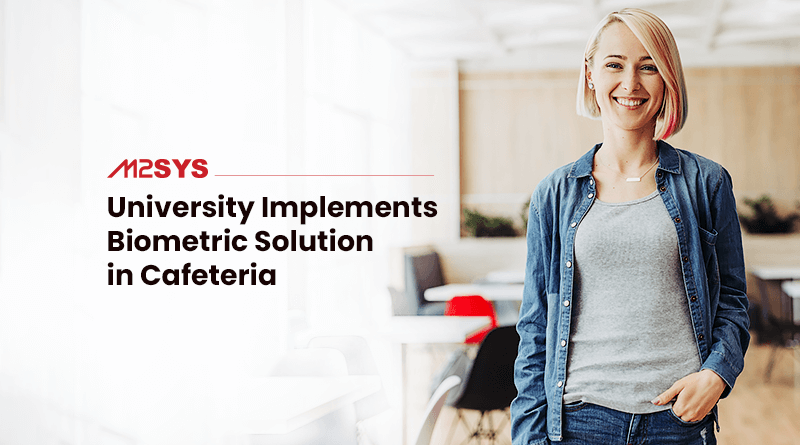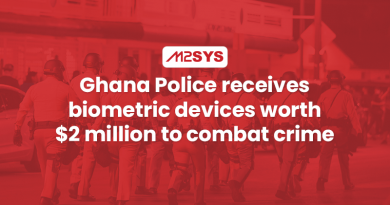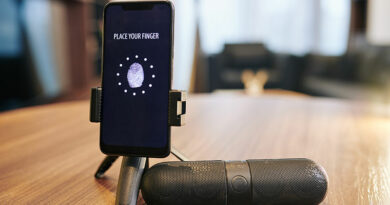Biometric over ID card: University implements biometric solution in Cafeteria
Campus cafeterias are a hub of activity for students and staff, with thousands of people accessing these facilities daily. Traditional identification methods, such as ID cards, can lead to long lines and slow service and are only sometimes accurate. In this blog, we will explore how biometric solution transforms campus cafeterias, focusing on the benefits, challenges, and a case study of a university that successfully implemented biometric technology in its cafeteria.
The Problems With Traditional Methods of Identification in Campus Cafeterias
Traditional identification methods, such as ID cards, can lead to long lines and slow service in campus cafeterias. Students and staff may need to remember or misplace their ID cards, causing inconvenience and delays. Furthermore, traditional identification methods are not always accurate, leading to unauthorized access or long wait times for legitimate users.
The Advantages of Biometric Technology for Campus Cafeterias
Biometric technology solves the problems posed by traditional identification methods in campus cafeterias. By using fingerprint scanners, for example, access control can be made more seamless, efficient, and secure. Biometric data is unique and cannot be lost, stolen, or duplicated, ensuring accurate identification and authentication of students and staff. Using biometric technology can also speed up identification processes, making access control more convenient and reducing wait times.
Case Study: A University’s Successful Implementation of Biometric Technology in Their Cafeteria
A renowned American university faced significant congestion and long queues during peak lunch hours at its cafeteria. Students were required to verify their identities with ID cards, leading to further delays and inconvenience. To address this issue, the university decided to implement a contactless biometric system in the cafeteria, capturing the unique physical characteristics of each student’s hand to streamline the process and improve efficiency. This decision was made to enhance the overall experience of students and staff, ensuring a smooth and hassle-free cafeteria experience.
With the deployment of biometric technology, students and staff no longer had to worry about forgetting or losing their ID cards. The technology also allowed faster service, reducing students’ time waiting in lines. It was also reported that improved accuracy of identification and authentication processes, ensuring that only authorized users are granted access to the cafeteria.
M2SYS biometric authentication is one of the best services in the market. The company has successfully implemented end-to-end biometric solutions for many government and private organizations.
Conclusion
Biometric solution revolutionizes campus cafeterias, providing a more convenient, secure, and efficient access control method. By implementing biometric technology, educational institutes can improve their security measures, speed up identification processes, and provide a more seamless experience for their students and staff. The successful implementation of biometric technology in a university cafeteria highlights the potential for this technology to transform campus life. We expect to see more education institutes adopting biometric technology in their cafeterias soon.











